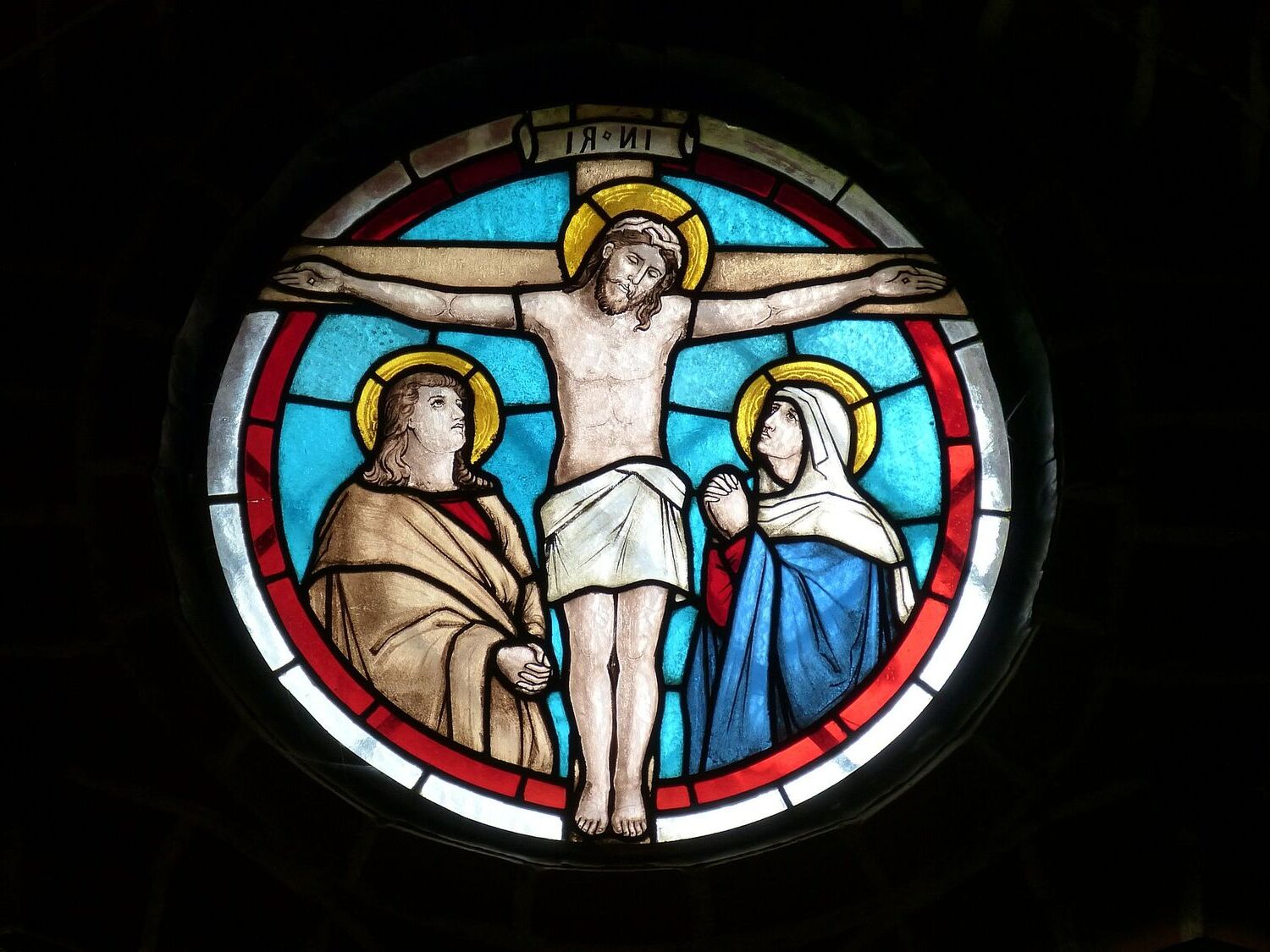
Ordinary Time might sound, well, ordinary, but it's anything but that! This period in the Christian liturgical calendar fills the gaps between the major seasons of Advent, Christmas, Lent, and Easter. Ordinary Time is a time for growth, reflection, and deepening one's faith. It spans 33 or 34 weeks, depending on the year, and is divided into two parts: one between Christmas and Lent, the other between Easter and Advent. The color green, symbolizing hope and life, is used during this period. Curious about more? Here are 25 intriguing facts about Ordinary Time that might surprise you!
What is Ordinary Time?
Ordinary Time is a season in the Christian liturgical calendar. It doesn't focus on a specific event like Christmas or Easter but instead celebrates the everyday life of Jesus and his teachings. Here are some fascinating facts about this often-overlooked period.
-
Ordinary Time is divided into two periods: one between Epiphany and Lent, and the other between Pentecost and Advent.
-
The term "Ordinary" comes from the Latin word "ordinalis," which means "numbered" or "ordered."
-
It spans 33 or 34 weeks, making it the longest liturgical season.
-
The liturgical color for Ordinary Time is green, symbolizing growth and life.
-
Ordinary Time focuses on the life and teachings of Jesus Christ rather than specific events.
Historical Background of Ordinary Time
Understanding the history behind Ordinary Time can give us deeper insights into its significance and how it has evolved over the centuries.
-
The concept of Ordinary Time was formalized in the Roman Catholic Church after the Second Vatican Council in the 1960s.
-
Before Vatican II, the Sundays after Epiphany and Pentecost were simply numbered as "Sundays after Epiphany" and "Sundays after Pentecost."
-
The Eastern Orthodox Church does not have a season called Ordinary Time but has similar periods known as "Sundays after Pentecost."
-
Ordinary Time was introduced to provide a structured way to reflect on Jesus' teachings throughout the year.
-
The season aims to help Christians grow in their faith by focusing on the everyday aspects of Jesus' ministry.
Celebrations and Traditions
Ordinary Time may not have the high-profile celebrations of Christmas or Easter, but it has its own unique traditions and practices.
-
Many churches use Ordinary Time to focus on community service and outreach programs.
-
Special feast days and saints' days often fall within Ordinary Time, adding variety to the season.
-
The Feast of the Holy Trinity and the Feast of Christ the King are celebrated during Ordinary Time.
-
Some churches hold Bible study sessions to delve deeper into the teachings of Jesus.
-
Ordinary Time is a popular period for baptisms and confirmations.
Liturgical Practices
The liturgical practices during Ordinary Time are designed to help believers grow in their faith and understanding of Jesus' teachings.
-
The readings during Mass focus on the parables and miracles of Jesus.
-
Hymns sung during Ordinary Time often emphasize themes of discipleship and spiritual growth.
-
The Liturgy of the Hours, a set of daily prayers, continues uninterrupted during Ordinary Time.
-
Priests wear green vestments during Mass to symbolize hope and renewal.
-
The altar is often decorated with green cloths and plants to reflect the liturgical color.
Significance of Ordinary Time
Ordinary Time may seem less exciting than other liturgical seasons, but it holds great significance for Christians.
-
It provides a time for spiritual growth and reflection on Jesus' everyday life.
-
Ordinary Time helps believers apply Jesus' teachings to their daily lives.
-
The season encourages Christians to find holiness in the ordinary aspects of life.
-
It serves as a reminder that every day is an opportunity to grow closer to God.
-
Ordinary Time emphasizes the importance of consistency and perseverance in one's faith journey.
Final Thoughts on Ordinary Time
Ordinary Time might seem, well, ordinary, but it's packed with significance. Spanning most of the liturgical year, this period focuses on Jesus' teachings and miracles. It's a time for reflection and growth, offering a chance to deepen one's faith. The green vestments symbolize hope and life, reminding us of spiritual growth. Ordinary Time bridges the major seasons of Advent, Christmas, Lent, and Easter, providing a steady rhythm to the church calendar. It's not just filler; it's a vital part of the spiritual journey. Whether you're attending Mass or engaging in personal reflection, Ordinary Time invites you to explore your faith more deeply. So next time you hear "Ordinary Time," remember it's anything but mundane. It's a season rich with opportunities for spiritual enrichment and growth.
Was this page helpful?
Our commitment to delivering trustworthy and engaging content is at the heart of what we do. Each fact on our site is contributed by real users like you, bringing a wealth of diverse insights and information. To ensure the highest standards of accuracy and reliability, our dedicated editors meticulously review each submission. This process guarantees that the facts we share are not only fascinating but also credible. Trust in our commitment to quality and authenticity as you explore and learn with us.


